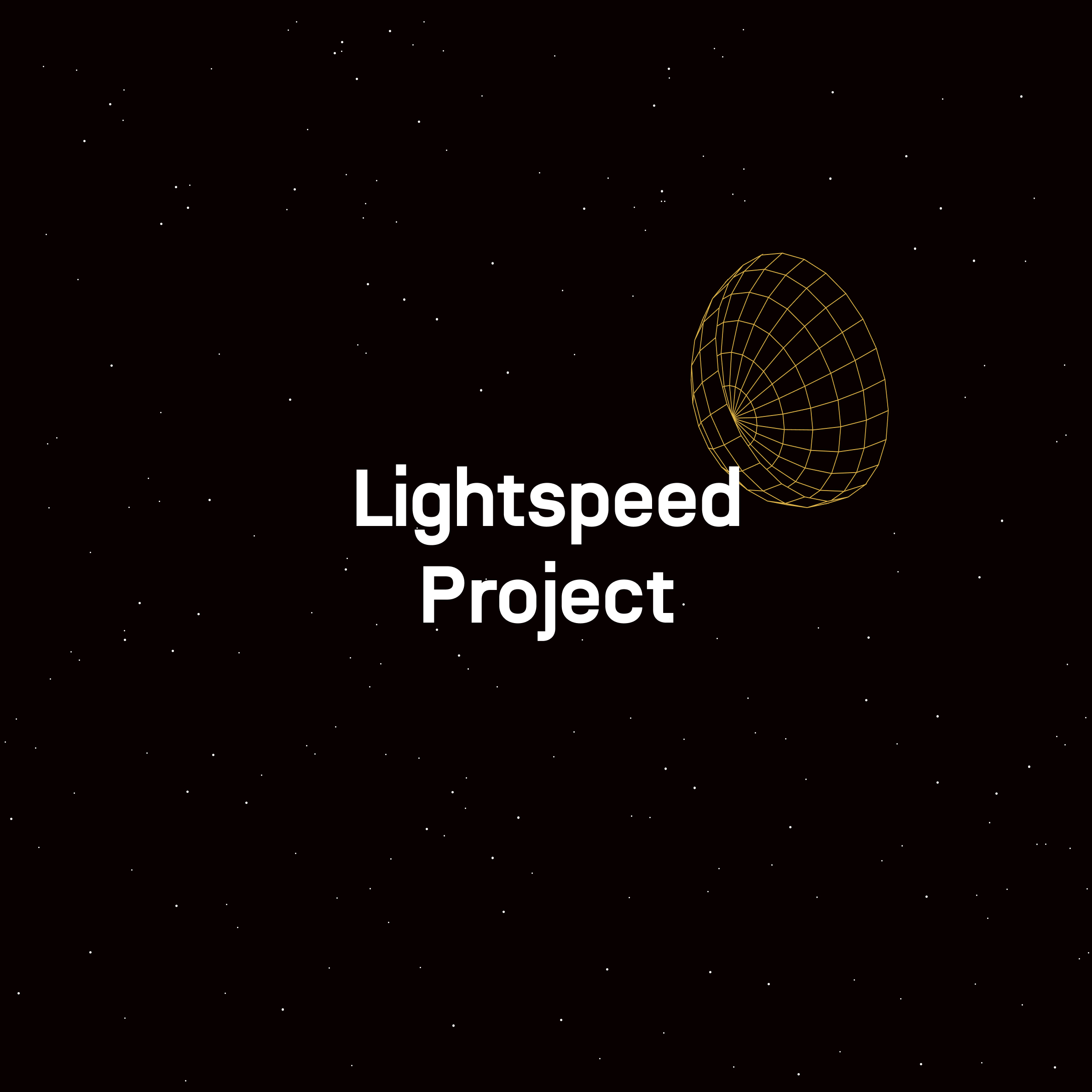In this one-off interactive, gamified workshop, we’ll simulate real-world work scenarios at your organisation via a board game, helping you identify and eliminate bottlenecks, inefficient processes, and unhelpful feedback loops.
Workshop Details


Pfizer has long been at the forefront of pharmaceutical innovation, with a history of advancing treatments for various diseases. Traditionally, the company approached development and manufacturing through well-established processes, prioritizing thoroughness and compliance with regulatory standards. However, the advent of gene therapy and the urgent global health crisis presented by COVID-19 necessitated a paradigm shift. This case study explores how Pfizer's Lightspeed Project, initially conceptualized for gene therapy, evolved to accelerate the development and manufacturing of the Pfizer-BioNTech COVID-19 vaccine, embodying the principles of the Agile Manifesto.
In the past, Pfizer's approach to developing new medicines was methodical and structured, aligning with industry norms that emphasized sequential phases of development. However, as the field of gene therapy emerged, promising potential cures for rare genetic diseases, Pfizer recognized the need to scale these therapies rapidly and efficiently.
Terrari Howard, Megan Sharp, and Jeff Brown, key figures in Pfizer’s gene therapy manufacturing, exemplified this shift. Their journey through various roles within Pfizer showcased the company's commitment to developing a workforce adept in multiple facets of pharmaceutical manufacturing, from operations and engineering to supply chain logistics. This multidisciplinary expertise was crucial for the nascent gene therapy operations.
In 2017, Pfizer initiated efforts to accelerate gene therapy development. Jeff Brown, Megan Sharp, and Terrari Howard were instrumental in building the gene therapy operations, starting with Stage 1, which focused on late-stage clinical manufacturing. This initiative was designed with an entrepreneurial mindset, operating like a startup within the larger organization. The goal was to streamline processes and reduce timelines while maintaining rigorous quality standards.
When the COVID-19 pandemic struck, Pfizer leveraged the methodologies and innovations from its gene therapy initiatives to launch Project Lightspeed. The project aimed to develop and manufacture the Pfizer-BioNTech COVID-19 vaccine at unprecedented speed. The gene therapy team's experience in rapid development cycles and scalable manufacturing was directly applied to this urgent global need. This pivot not only highlighted the agility of Pfizer’s operations but also showcased how lessons from one innovative project could be applied to another, with significant impact.
The success of the Lightspeed Project can be attributed to the agile principles that Pfizer embraced, echoing the Agile Manifesto's core values:
Pfizer’s Lightspeed Project exemplifies how adopting agile methodologies can transform pharmaceutical development and manufacturing. By leveraging the innovative strategies developed for gene therapy, Pfizer was able to expedite the creation and distribution of a crucial COVID-19 vaccine. This case study highlights the importance of agility, collaboration, and patient-centric approaches in achieving breakthroughs that significantly impact global health.
https://www.pfizer.com/products/how-drugs-are-made/global-supply/original-lightspeed-project
https://www.pharmaceutical-technology.com/projects/pfizers-gene-therapy-manufacturing-facility/
https://www.pfizer.com/science/innovation/gene-therapy/gene-therapy-promise
https://www.pfizer.com/science/innovation/gene-therapy
Not Sure Where to Start?
In this one-off interactive, gamified workshop, we’ll simulate real-world work scenarios at your organisation via a board game, helping you identify and eliminate bottlenecks, inefficient processes, and unhelpful feedback loops.
Workshop Details

